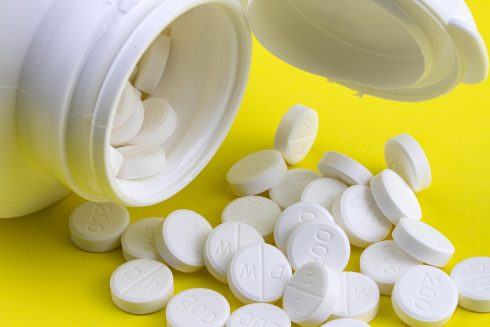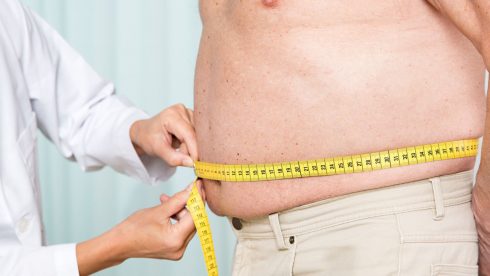Get moving!
STAYING fit and healthy can be as simple as lacing up a pair of trainers and going for a walk.
Moderate to intensive aerobic exercise, according to studies, can reduce the risk of recurrence of several cancers, including colon and breast.
Here are some inexpensive ways to workout, but consult a doctor first.
• Using the stairs rather than an elevator.
• Walking or riding a bike rather than driving.
• Taking an exercise break or quick walk throughout the day.
• Using a stationary bicycle or treadmill while watching TV.
Colour your world…
It doesn’t cost anything to walk past the biscuit aisle and into the fresh produce section and taking that little detour can provide many health benefits.
A diet low in processed sugars, red meat and calories, but high in fruits and vegetables and loaded with antioxidants, is one of the simplest ways to help maintain a healthy weight and reduce the risk of certain cancers.
The overall key is to look for colourful produce like pomegranates, tomatoes, aubergines, grapes, cherries, and turnip.
The brighter and richer the pigment, the higher the level of nutrients.
In the nutrition world, they like to say if it comes from the ground and it stains your shirt, you want to be eating it.
Skip that cocktail
Limiting alcohol consumption can save money and it may lower the risk of developing some cancers.
Researchers found that women who consume one alcoholic drink a day may increase their risk of breast cancer.
Women need to consider the possible effects of alcohol on breast cancer risk when weighing the risks and benefits of alcohol consumption.
Research indicates that in some women, even modest levels of alcohol consumption may elevate their risk of breast cancer.
Quit smoking – it saves money and lives
Buying cigarettes and other tobacco products can really take a bite out of a budget.
Kicking the habit can result in both a healthier lifestyle and significant financial savings.
Smoking causes more than 80 per cent of all cases of lung cancer and increases the risk of oral, throat, pancreatic, uterine, bladder, and kidney cancers.
People who stop and remain non-smokers for at least 10 to 20 years can cut their risk of developing lung cancer in half.
• Follow the four Ds: Deep breaths, Drink lots of water, Do something to avoid focusing on cravings, Delay reaching for a cigarette and the urge will pass.
• Avoid triggers: Get rid of cigarettes, lighters, matches, and ashtrays.
Year round sunscreen
Here on the Costa del Sol sunscreen shouldn’t be packed away after summer ends.
Skin can be exposed to harmful rays all year long especially on the snow, ice and water as they all reflect the ultraviolet (UV) radiation that causes sunburn, which in turn increases the risk of developing skin cancer.
Some experts say winter sports enthusiasts can face just as much risk of getting sunburn as summer sunbathers.
• Wear sunscreen, lip balm and makeup with an SPF of 15 or higher.
• Use UV-blocking eye protection, especially for skiing.
• Wear a broad brimmed hat and UV-blocking sunglasses.
• Avoid excessive exposure to the sun, especially between 10am and 4pm when the sun is at its strongest.
Don’t forget your dentist
Visiting the dentist is not just about clean and healthy teeth.
Dentists also are on the front line of detecting mouth cancer.
Research shows more than half of all smokeless tobacco users have non-cancerous or pre-cancerous lesions in their mouth.
In addition to the increased risk of cancer, smoking and chewing tobacco erodes teeth and gums.
For more information visit www.simplecarehealthplan.com
Click here to read more News from The Olive Press.





